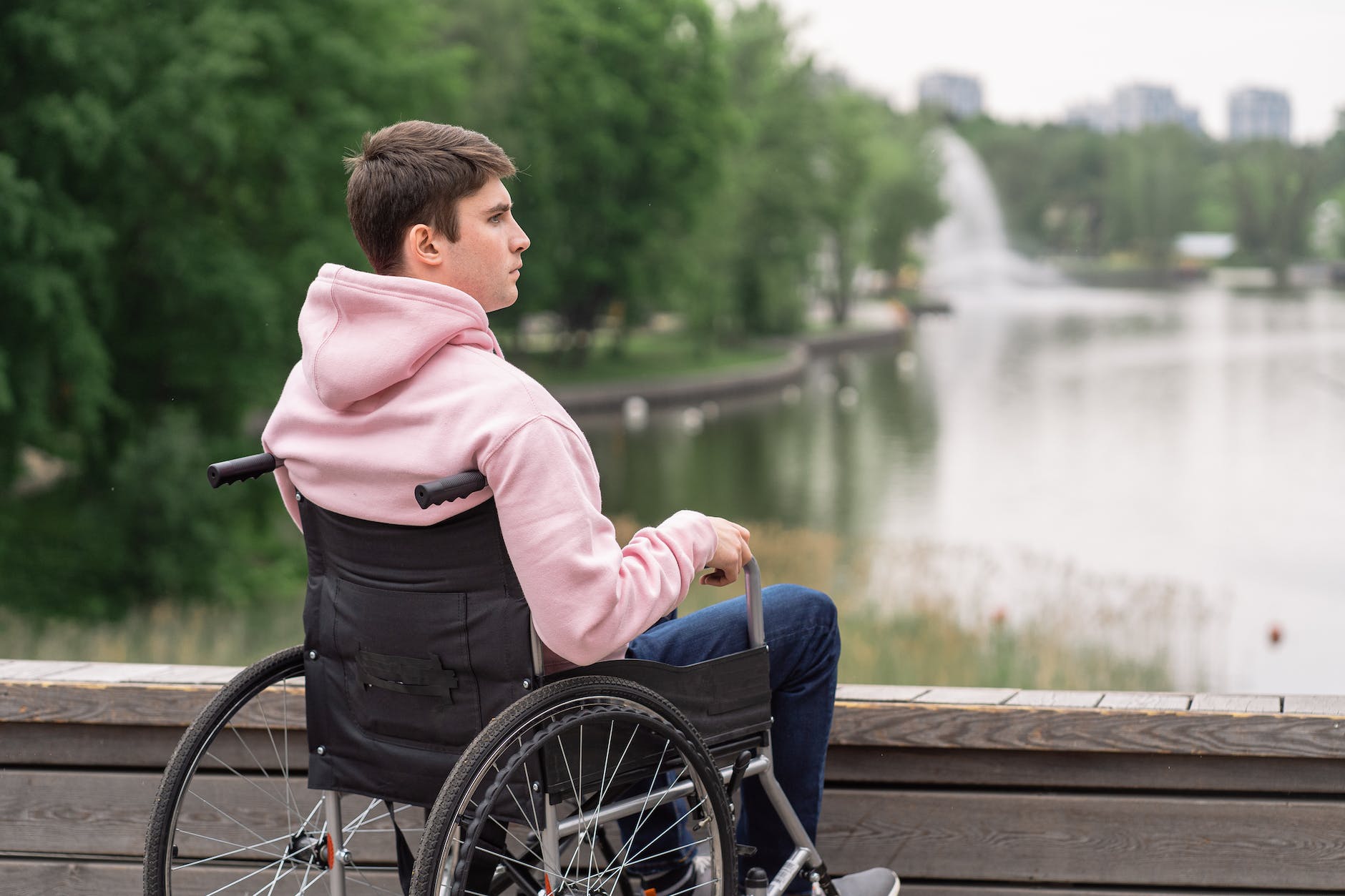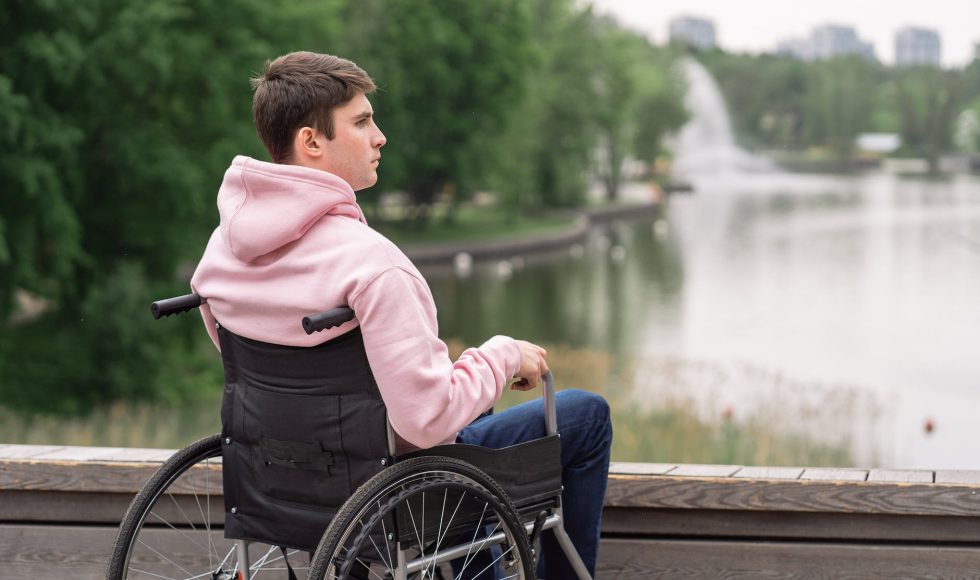Tonight I checked out several ASMCUE 2022 posters and came across the recording for the poster entitled “Are high-impact practices accessible for all? Exploring the factors impacting engagement in beneficial educational experiences for undergraduate STEM students with disabilities.” The presenter was Emma Goodwin from Sara Brownell’s group at Arizona State University. Goodwin spoke about increasing representation for people with disabilities and supporting retention. of undergraduates. They defined high-impact practices (HIPs) as experiences including study abroad, internships, community/service-based learning, research, course-based research experiences. HIPs are known to increase retention of students. However, students with disabilities may not be able or wish to participate in these experiences. Their study addressed questions such as: does rate of participation in HIP differ between students with and without disabilities and the perception of HIPs by students with disabilities. They received responses from over 400 students with disabilities nationwide (and over 600 complete responses from students without disabilities). The most prevalent disability was related to mental health. While controlling for race, gender, and several other variables, the research team performed a regression to better understand the differences. in participation in HIPs. They only found significant differences in participation in research experiences. Disability type did not have a statistical effect on participation in HIPs, though mental health related disabilities came close. The team hypothesized that students with disabilities may experience or encounter more barriers. After coding responses, many students with disabilities mentioned barriers to participation in research experiences and other HIPs. Goodwin concluded that strategies to improve access to these experiences are needed. As usual, the study was beautifully reported. onthe poster and included quotes and graphics.



